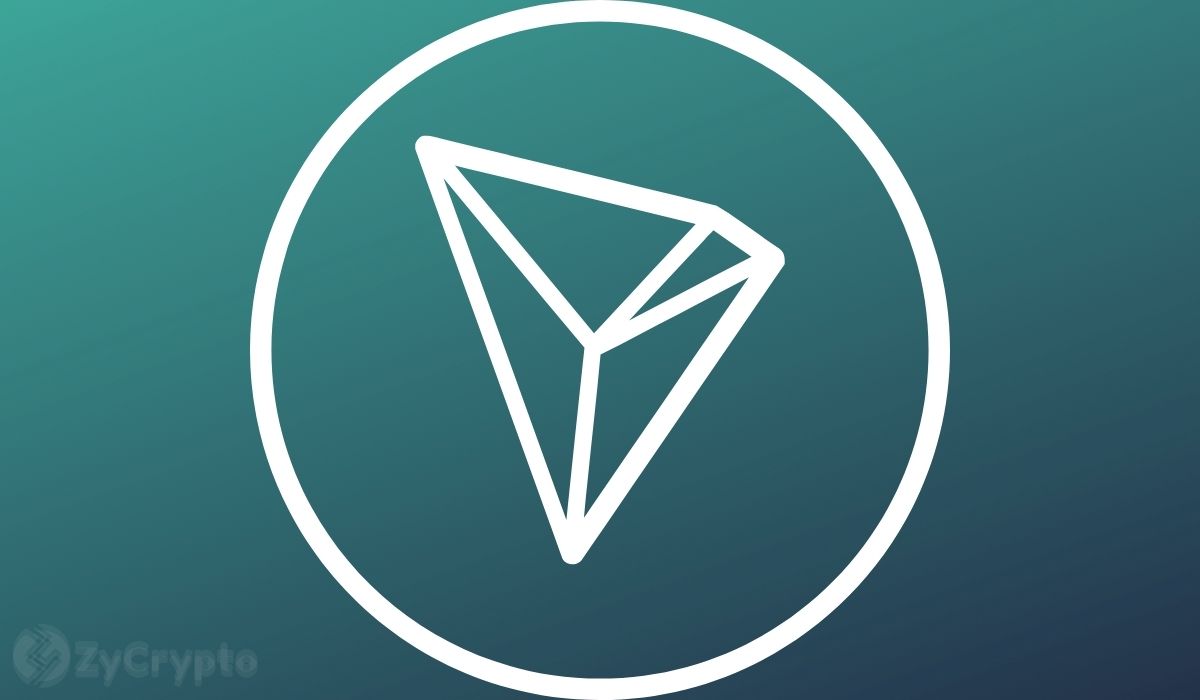Rostec, a state-owned defense and technology conglomerate, will launch its stablecoin RUBx on the TRON ecosystem. Russian state media reported on the development. RUBx will have one-to-one backing of Russian Rubles to validate the token. Alexander Nazarov, Deputy General Director for Rostec, stated that the company would maintain a reserve to enable one-to-one backed rubles, allowing users to redeem their tokens.
RUBx will operate on the TRON network, backed by Rubles stored in the Russian state treasury, ensuring the stablecoin adheres to local laws and regulations. The code for RUBx will be available on GitHub to enhance the project’s transparency. RUBx will be audited by the firm CertiK as part of the regulatory requirements to ensure the stablecoin adheres to standard practices. Rostec will be the sole issuer of the stablecoin.
Rostec stated that the stablecoin has been designed to comply with the Bank of Russia’s requirements, allowing for its integration into the financial system. The stablecoin will be used in conjunction with RT-Pay, allowing clients to utilize RUBx outside of business hours, conduct transactions, and even execute smart contracts. The Bank of Russia specified particular requirements for the stablecoin to prevent money laundering and terror financing. Initially, the stablecoin will be utilized for specific profitable projects, and subsequently, it will be expanded to serve retail consumers and businesses.
RT-Pay will connect RUBx to traditional banking services, allowing clients to transfer their stablecoins to external wallets and pay for services and products within Russia. RUBx, therefore, will be connected with the broader crypto ecosystem and will have the ability to interact with smart contracts. The TRON network is a fitting blockchain for this project because it has a stable ecosystem with reportedly high transaction speeds and low costs. Justin Sun, the co-founder of TRON, has recently partnered with USDT Tether to increase the blockchain’s access to the stablecoin market.
TRON manages its token, TRX, which has a market capitalization of $26.8 billion and ranks eighth globally in the cryptocurrency world. TRON also allows Tether’s USDT to operate on its ecosystem. TRON has fast speeds and cheap transaction fees. USDT can be transferred on the blockchain for free using the gas-free wallet option. TRON is an interesting cryptocurrency because it features a pricing structure similar to XLM, characterized by low volatility, while hosting USDT in a manner comparable to tokens like Ethereum and Solana.
